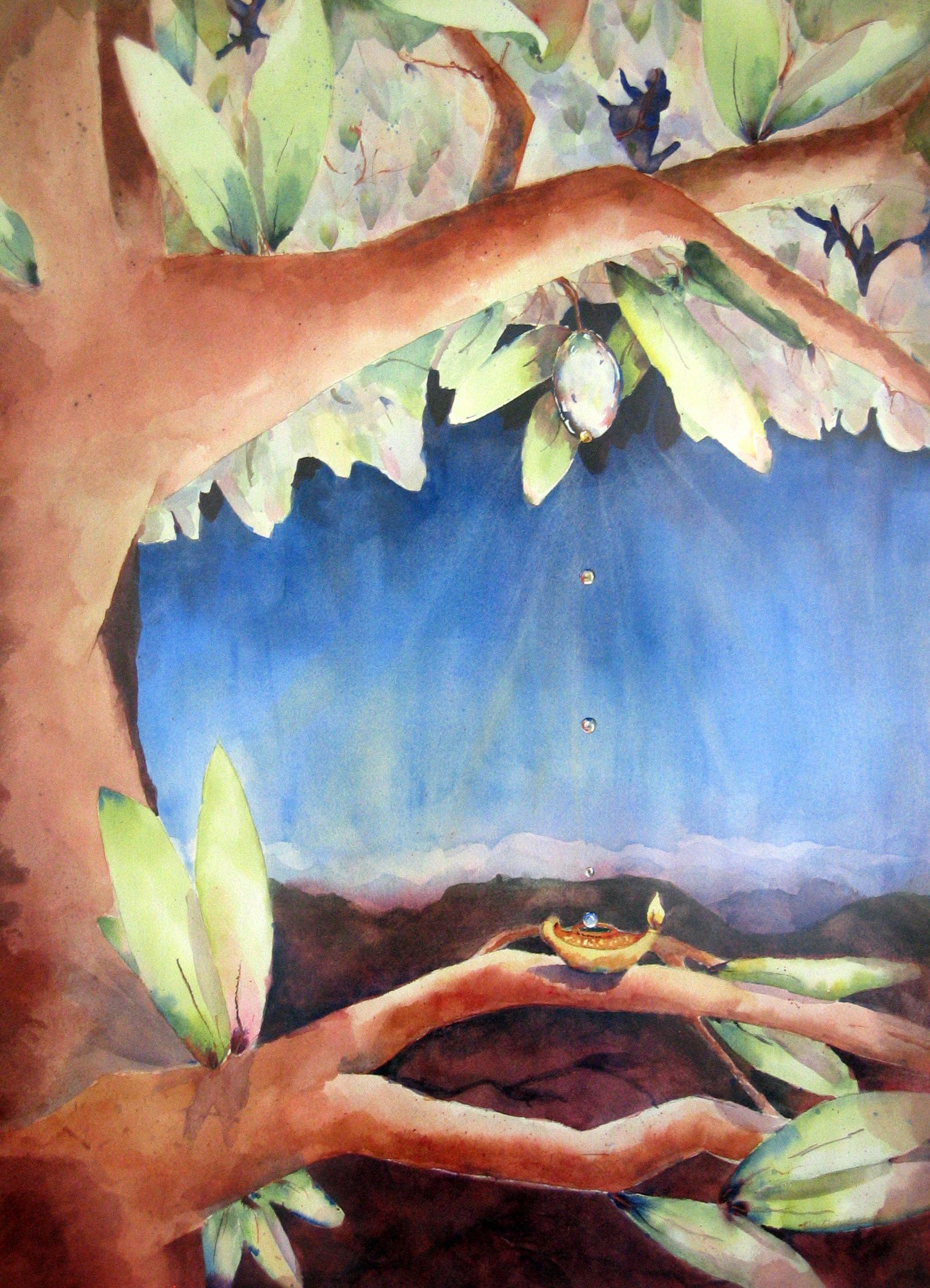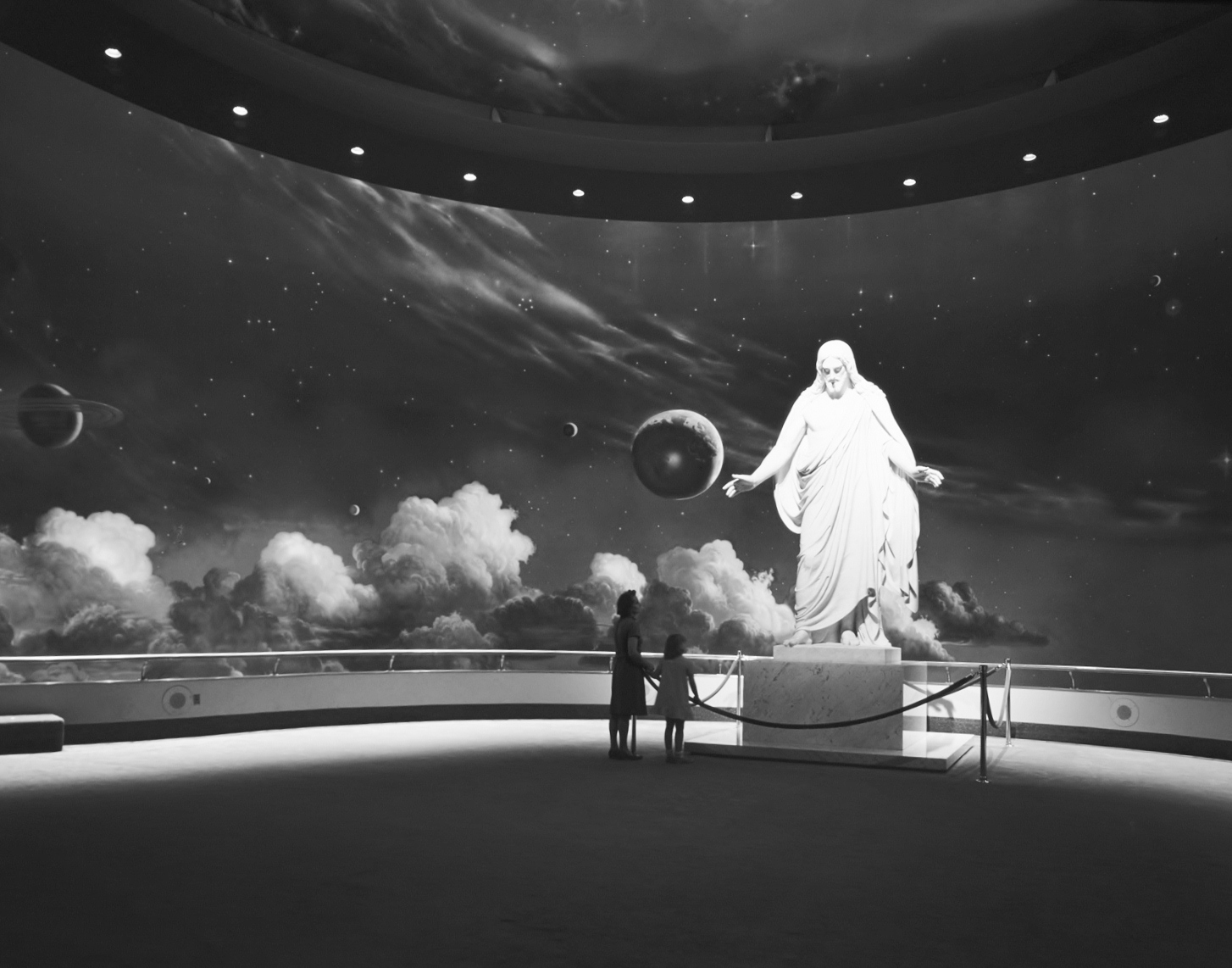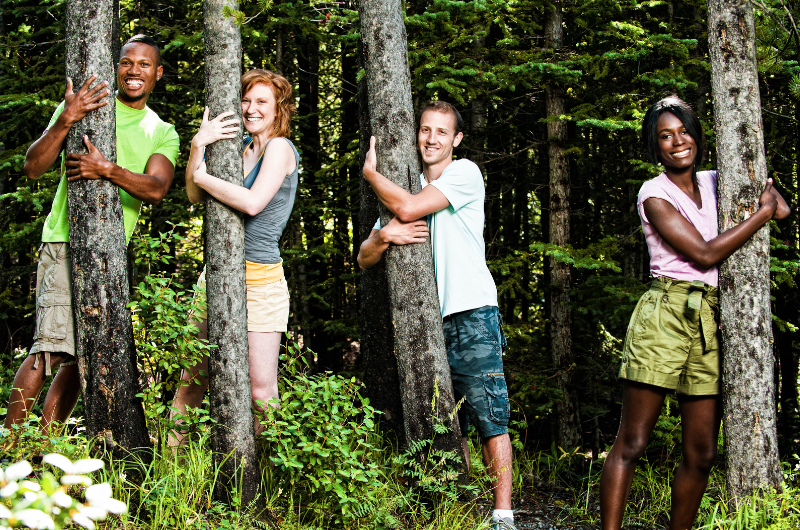
A friend of mine shared some thoughts that have gotten me thinking.
She talked about how much she loves nature. She and her husband love to take walks outside (when they were younger, they hiked a lot). As for so many of us, she finds being in nature soothing to her soul.
For those of us who believe in Jesus Christ, He is found in nature. He is the Creator of the earth. He is the Creator and source of light in sun, moon, and stars. The peace we can find among His creations is His peace.
My friend built on this idea and made a spiritual connection to the notion of the tree of life. She explored the idea of staying at the tree — like the one mentioned in the Book of Mormon in Lehi’s vision of the tree of life.
The tree there represents Jesus Christ. To stay at the tree — to be a tree-hugger spiritually — is to stay by Jesus. That vision given to Lehi has many elements to it, and staying at the tree is one of the key protections against things like mocking voices and the shame that can come from listening to them. (I think about how easy it is to listen to shame from hamster-wheel thoughts in my own mind; I don’t need external mocking voices to feel toxic shame. Keeping Jesus close in my thoughts can help, especially when I remember that His voice is one of love and care and gentleness.)
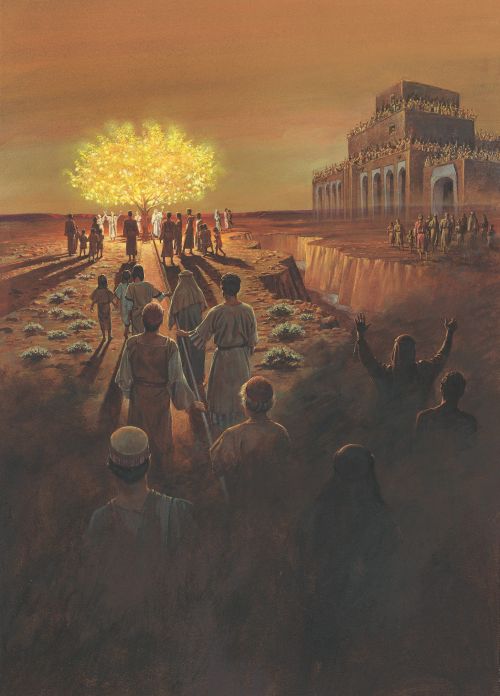
Reflecting on my friend’s thoughts made me think of John 15 (see also Isaiah 27) about Jesus being the true vine. To truly stay by the tree is to be connected to Him as the Source of life (both now and forever). He is the Source of breath for our bodies. He is the One who makes resurrection possible for us all. His life as the True Vine showed us the Way, and His death (on a tree, as it is sometimes said) and resurrection made the Way for us to be forgiven and someday to return back to our Heavenly Parents.
My friend also talked about her love of family history. More trees to hug! I, too, love doing family history and discovering more about my family tree, and helping use the wonders of technology to build family trees in tools like FamilySearch and Ancestry. When I do family history, I feel like I sometimes can get a glimpse of how personally each of us is known to God. Even in a few records, I can learn more about a person — what they looked like, what their profession might have been, perhaps where they lived and how they died. When I find someone in the records who hasn’t yet been represented on a family tree, sometimes I stop and just say their name out loud. “I see you.” I sometimes wish I could give them a hug! But helping their stories be told feels like a way to show love for them. These people are not dead to God, and building family trees in records helps me remember that. Like in the Disney movie Coco (about el Día de los Muertos — a movie about family history!), they need not be dead to us. We benefit when we remember them and tell their stories (and let records help us do that).
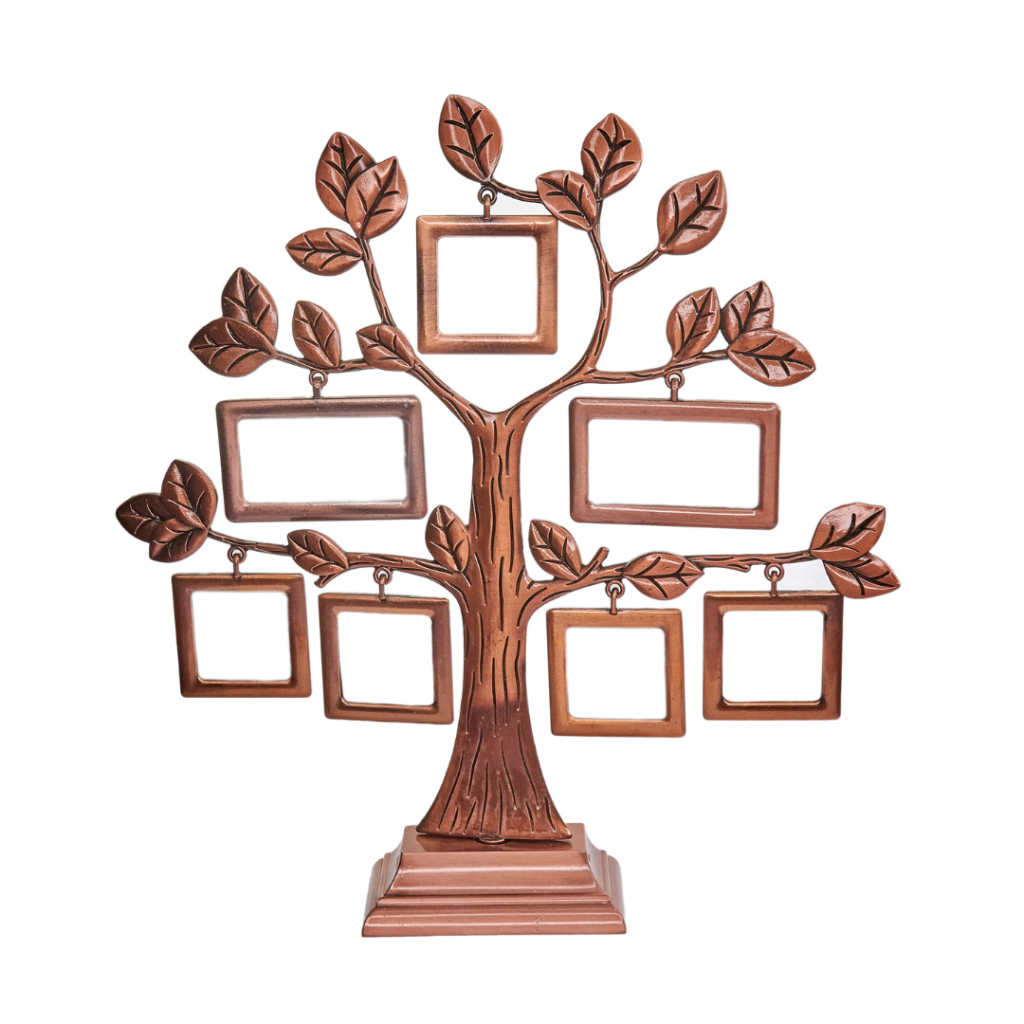
For members of The Church of Jesus Christ of Latter-day Saints, building family trees in records also connects us to the temple. My friend talked about this, too — about the peace she finds in the rootedness of the temple. In the temple, sacred ordinances are performed to bind families together. The crowning ordinance performed therein is called the sealing ordinance — where husband and wife can be married for time and eternity — not just “until death do us part.” The authority to bind families together in this way was committed to Joseph Smith shortly after the dedication of the Kirtland temple when Elijah the prophet — the one who spoke anciently of hearts of fathers turning to children and children to fathers — came (just as other ancient leaders had done earlier to restore the power to baptize (John the Baptist) and to confirm the Holy Ghost (Peter, James, and John).
Once people receive temple ordinances for themselves (some of them symbolic of ordinances received in ancient times), then we can act as “proxies” for those who have passed on. In a favorite film of mine, called “The Mountain of the Lord,” President Wilford Woodruff is portrayed speaking to a newspaper reporter, who scoffed a bit at this idea of doing proxy work for the dead. I like how President Woodruff’s response to the reporter was represented.
“Many people believe in some form of vicarious work for the dead. The Atonement of Jesus Christ was a vicarious work. Whoever accepts Jesus as the Savior also accepts the principle of vicarious proxy.”
Since these ordinances require a physical body, we who have physical bodies act as proxy for those who do not have bodies anymore, as death separates body and spirit until the time of resurrection. And then those who have had ordinances performed on their behalf have the opportunity to choose to accept or reject them.
You can learn more about Jesus’ visit to the spirit world after His death (as referred to in 1 Peter 3:18-19), in Doctrine and Covenants 138.)
I love patterns and symbols, and appreciated my friend’s invitation to think about trees today, and all the many ways I can be a tree hugger.


